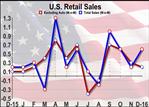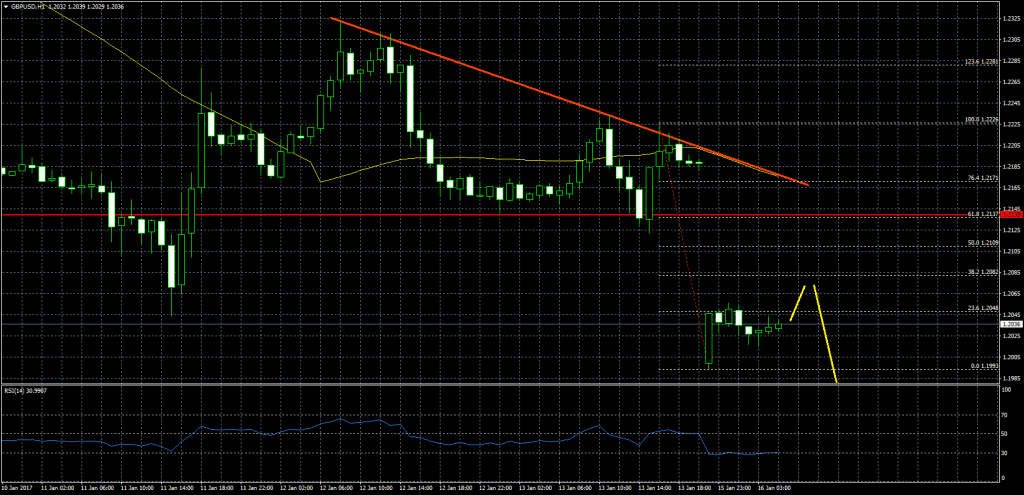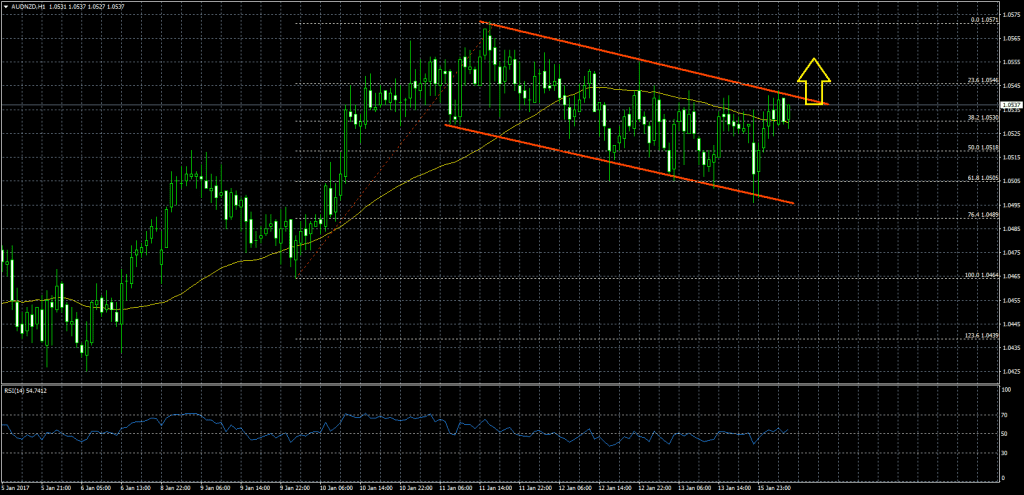Retail sales in the U.S. increased by slightly less than expected in the month of December, according to a report released by the Commerce Department on Friday.
The Commerce Department said retail sales climbed by 0.6 percent in December after edging up by a revised 0.2 percent in November.
Economists had expected retail sales to advance by 0.7 percent compared to the 0.1 percent uptick originally reported for the previous month.
The increase in retail sales was partly due to a substantial rebound in auto sales, with sales by motor vehicle and parts dealers surging up by 2.4 percent in December after dipping by 0.2 percent in November.
Excluding auto sales, retail sales inched up by 0.2 percent in December after rising by 0.3 percent in November. Ex-auto sales had been expected to climb by 0.5 percent.
Notable increases in sales by gas stations and non-store retailers were partly offset by drops in sales by miscellaneous store retailers and food service and drinking places.
Closely watched core retail sales, which exclude autos, gasoline, building materials and food service, rose by 0.2 percent in December after coming in unchanged in November. Economists had expected a 0.4 percent increase.
While the pace of growth fell short of estimates, Rob Carnell, Chief International Economist at ING, said, "Sales were not particularly weak in an absolute sense, with both main measures showing gains over the previous month."
"There is therefore no good reason why this data should deter the Fed from hiking rates again at their March meeting if they want to do so, which we think they do," he added.
The Commerce Department noted that total retail sales in December were up by 4.1 percent compared to the same month a year ago, reflecting an acceleration from the 3.9 percent increase in November.
by RTT Staff Writer
For comments and feedback: editorial@rttnews.com
Economic News
What parts of the world are seeing the best (and worst) economic performances lately? Click here to check out our Econ Scorecard and find out! See up-to-the-moment rankings for the best and worst performers in GDP, unemployment rate, inflation and much more.





